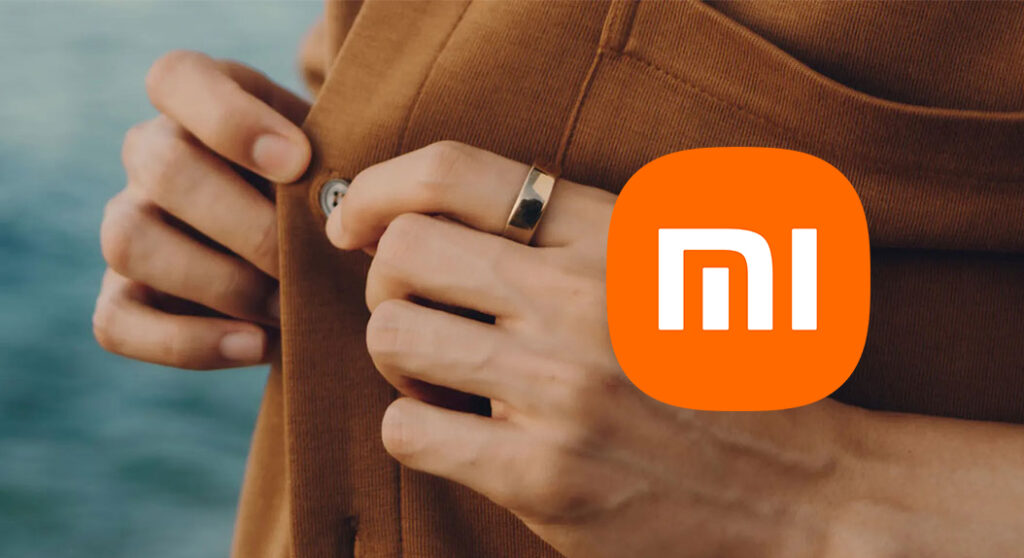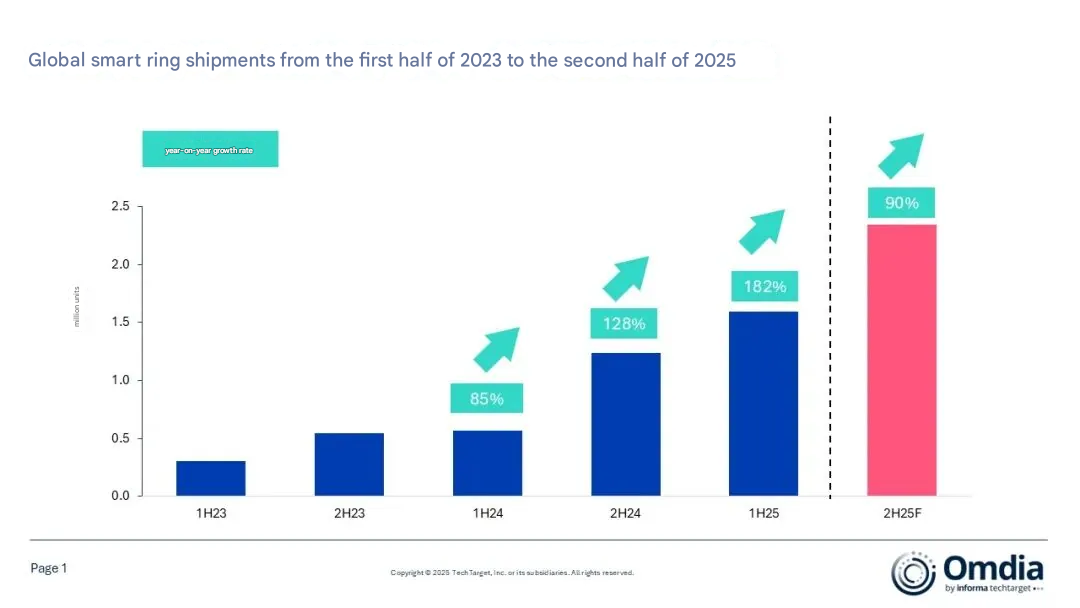According to new data from research firm Omdia, the global smart ring market has now entered its strongest growth phase. The wearable segment, which has been gradually expanding over the past few years, is now showing measurable momentum. In 2023, smart ring shipments reached 850,000 units, but then sharply rose to 1.8 million units in 2024. In 2025, the first half alone saw shipments of 1.6 million units with full-year shipment estimates poised to top 4 million units.
This rapid trend upward points to the compact health-tracking device’s growing relevance in the broader wearable ecosystem. For users exploring Xiaomi’s wearables landscape, categories ranging from the Xiaomi Band 9 to the HyperOS health ecosystem continue their evolution in line with this global shift.
Market Leadership and Competitive Landscape
Omdia’s latest report shows a few key brands currently dominating the smart ring sector. Before looking at individual players, it has to be seen that smart rings are gaining attention due to their offering of precise health monitoring in a minimal form factor, with their appeal particularly strong among consumers looking for an alternative to traditional wrist-based wearables.
Leading Brands
Oura stays clear at the top, owning 74% of total shipments during the first half of 2025, while Ultrahuman and Samsung are tied with a 9% market share each, and RingConn contributes 5% to the overall market. The remaining share comes from various other companies: Circular, Noise, boAt, and Zepp. These brands together contribute to the increasing diversity of the segment by offering users different design and functionality options.
Growing Consumer Demand for Compact Health Solutions
Indeed, smart rings have become one of the fastest-growing device categories in the wearable industry, driven by two major factors: growing interest among consumers in simplified health-tracking solutions and manufacturers’ efforts toward diversified product strategies. The compact, discreet nature of smart rings suits tech enthusiasts and health-oriented users who appreciate convenience yet do not want to sacrifice functionality.
A survey in 2025 pointed out an interesting fact: 43% of the respondents were not in possession of any wearable wristband, while 51% reported having no intention of buying such a gadget. Several participants reported discomfort sleeping with watches or fitness bands and frequent charging as the main reasons. Smart rings are a comfortable and unobtrusive alternative that could achieve great opportunities to reach new user groups and expand the global wearable ecosystem.
The Future Impact on the Wearable Ecosystem
As interest continues to rise, smart rings may turn into one of the main drivers of the wearables market. Their potential to integrate well with existing platforms—including wider health data frameworks like Xiaomi’s HyperConnect services—means that they are well-placed for continued expansion. With full-year shipments likely to top 4 million units in 2025, the category remains poised for the next breakthroughs in miniaturized sensor tech, energy efficiency, and ecosystem compatibility.


 Emir Bardakçı
Emir Bardakçı



